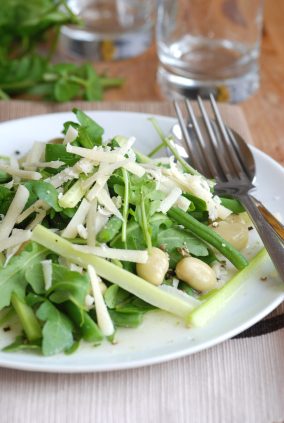Nutrition: How eating watercress may help prevent cancer cell growth
Watercress is one of those greens I tend to overlook. Although I love its crisp texture, and peppery taste, it’s

Watercress is one of those greens I tend to overlook. Although I love its crisp texture, and peppery taste, it’s not a green I purchase regularly. But a study that came out of the University of Southampton in England last week will encourage me to toss watercress into salads more frequently.
The study looked at how a compound in watercress may affect the function of a chemical that signals normal tissues to grow blood vessels aimed at feeding cancer cells. The compound (called phenylethyl isothiocyanate’PEITC) blocks this communication. Turns out, watercress is a rich source of PEITC.
The researchers first demonstrated that watercress extracts were able to inhibit cancer cell growth under laboratory conditions. The team then had women who had been treated for breast cancer eat a cereal-bowl size portion of watercress, and monitored the levels of PEITC in their blood. Although the scientists caution that further studies with larger number of participants are needed to confirm their results, the study report says that "dietary intake of watercress may be sufficient to modulate this potential anti-cancer pathway."
One unusual way I use watercress is mixed with potatoes as a a side dish that works well with baked white fish or chicken. Simply fork mash hot cooked potatoes, toss in a handful of fresh watercress, drizzle a little olive oil overtop and mix until watercress is slightly wilted. Garnish with fresh watercress sprigs.
As well, here are two tasty Best Health recipes to get more watercress into your day: Try our Lentil and watercress salad with grilled pork or our Pears grilled with pecorino cheese.
Do you have favourite, or unusual way to eat watercress?




